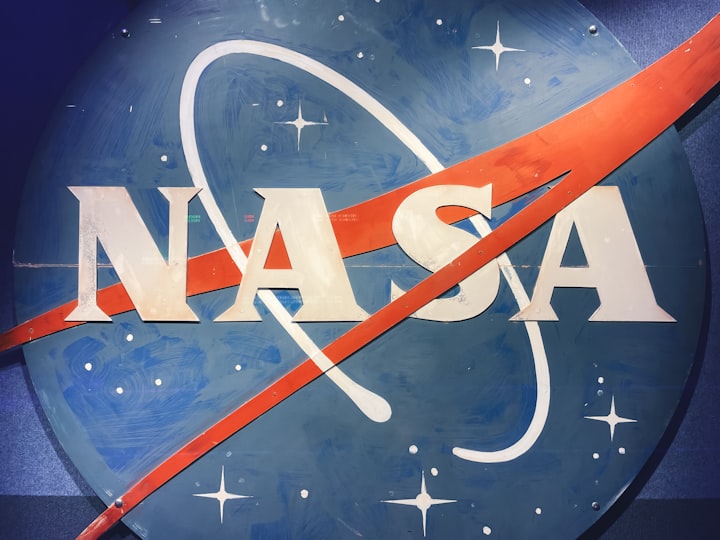Space Command Confirms Meteor Struck Earth After 8 Years
For the first time in history, an interstellar object crashed into the Planet.

Was It The First Oumuamua
Known as 'Oumuamua', the object of interstellar origins was confirmed to hit Earth on January 9th, 2014.
Oumuamua, a meteor traveling at nearly 28 miles per second, and about 18 miles per second around the sun, has been a subject of interest to the scientific community since it was noticed.
"Its high speed implies a possible origin from the deep interior of a planetary system or a star in the thick disk of the Milky Way galaxy."
- Amir Siraj
Siraj's research also showed the meteor's trajectory determined it was in an unbound orbit, meaning that its path started from outside the solar system.
"Presumably, it was produced by another star, got kicked out of that star's planetary system,v and just so happened to make its way to our solar system and collide with Earth," Siraj told CNN.
US Space command tweeted about the object on April 6th.
Siraj told CNN that seeing the letter and confirmation of the meteor was a historic moment. His team is planning to refile their findings for publication.
"I thought we'd never learn the true nature of this meteor, that it was blocked somewhere in the government after our many tries, and actually seeing the letter with my own eyes was an incredible moment."
- Amir Siraj

Predates 2017 Oumuamua Discovery
Oumuamua, translated from its island origins, loosely means scout or interstellar visitor. This traveling piece of space would then predate the massive Oumuamua asteroid that scientists have been watching since approximately 40 days after it passed Earth. By the time it was confirmed, it had passed by Earth at 21 million miles away from earth and was already heading back into deep space.
The 2017 Oumuamua is a smallish object in space terms, measuring between 300 and 3,000 ft long. The 2017 Oumuamua made bigger headlines because of its' appearance, size, and belief it could have alien origins or even be Alien Tech. It took until 2019, two years after its' discovery, for astronomers to conclude that it was most likely a naturally formed object. Still, due to releases in gases and slight changes in trajectories, some scientists have maintained that it's a product of alien technology. Evidence in support of their hypothesis is widely considered to be weak.
Many of these amazing flybys and discoveries in our galaxy have been of significant size. Some, so much so, that these are the days that have kids find their passions to become astronauts. These are the days that will inspire children to grow up and go to work for NASA, taking their passion for all things in space into the future with them, and helpfully, they'll be the fathers and mothers of the tech that will protect us from flying space debris.
If you are a hobby star gazer or have a young one in the family that is interested in studying astronomy, there's never been a better time to have a telescope around.
Thoughts On Oumuamua Discoveries
The idea of scouts coming to our galaxy is an exciting premise but there are likely millions of floating space rocks in the cosmos and they are all heading in different directions. An exploding star could force meteors and asteroids in thousands of directions. An event from outside of our galaxy could push debris from the Kuiper belt toward earth.
It's exciting to read and ponder the possibilities, even if it is foreboding at times. With the best and brightest minds working to keep us safe from space debris, it's likely that should anything in the area of 3,000 feet ever be headed our way, someone will have a plan and developed tech to push them away from a trajectory that threatens earth.
NASA and the space community are preparing for the outcome of the DART (Double Asteroid Redirection Test) mission later this year. There are other projects in the works, as well.
About the Creator
Jason Ray Morton
I have always enjoyed writing and exploring new ideas, new beliefs, and the dreams that rattle around inside my head. I have enjoyed the current state of science, human progress, fantasy and existence and write about them when I can.






Comments
There are no comments for this story
Be the first to respond and start the conversation.